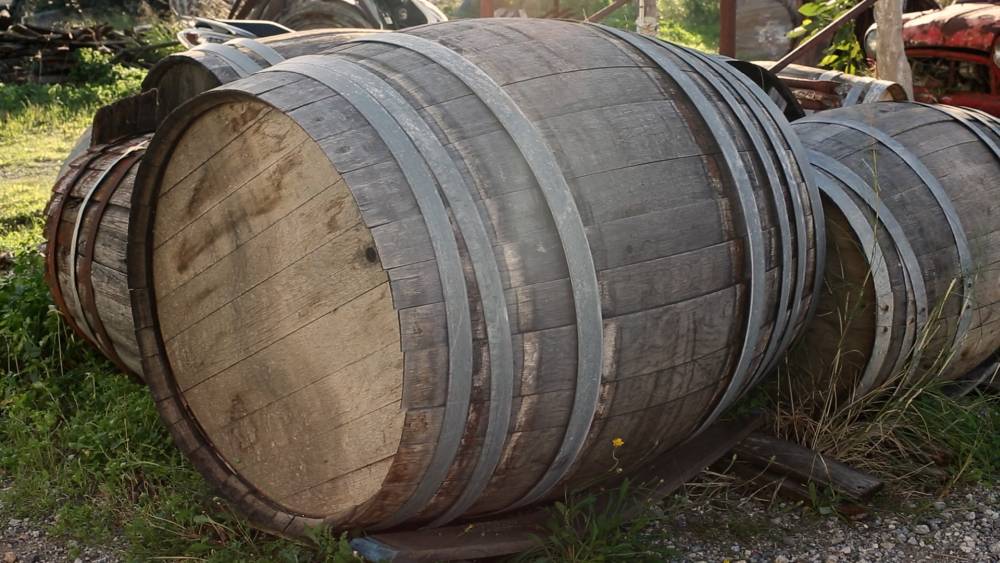We know that in ancient times the products, the fruit, the oil and the wine were stored in jars. When wooden barrels began to be made, wine was stored in them. In Chania, the construction and sale of barrels took place in the current old port, a place where maritime trade took place. Already from…Read more
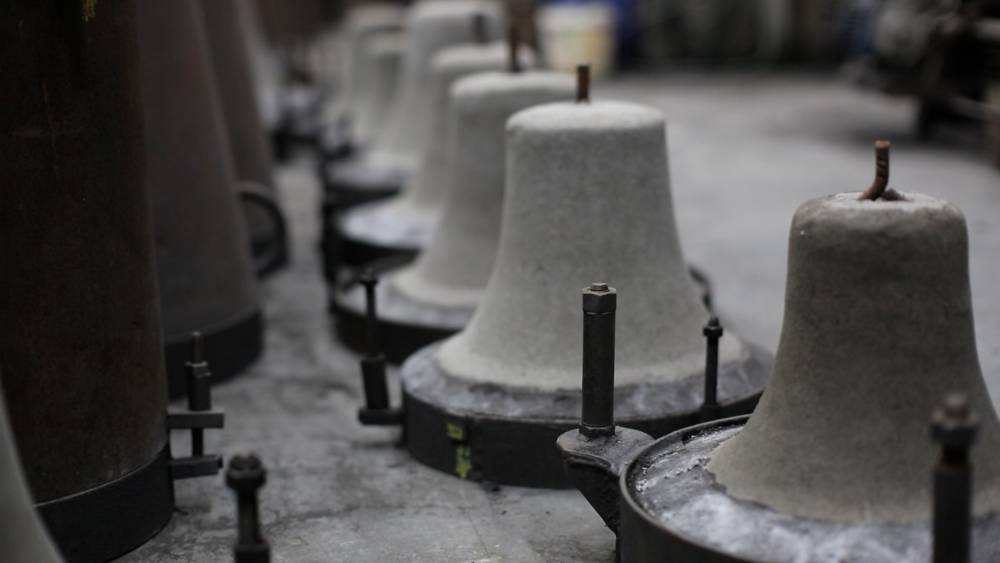
The bell is a musical instrument which, with the percussion of a sistro, produces only one note. The bell was a means of communication and was used mainly for naval or religious purposes. In our land, the bell was introduced from the West and replaced the iron semantron in the churches. Metal casting is required…Read more
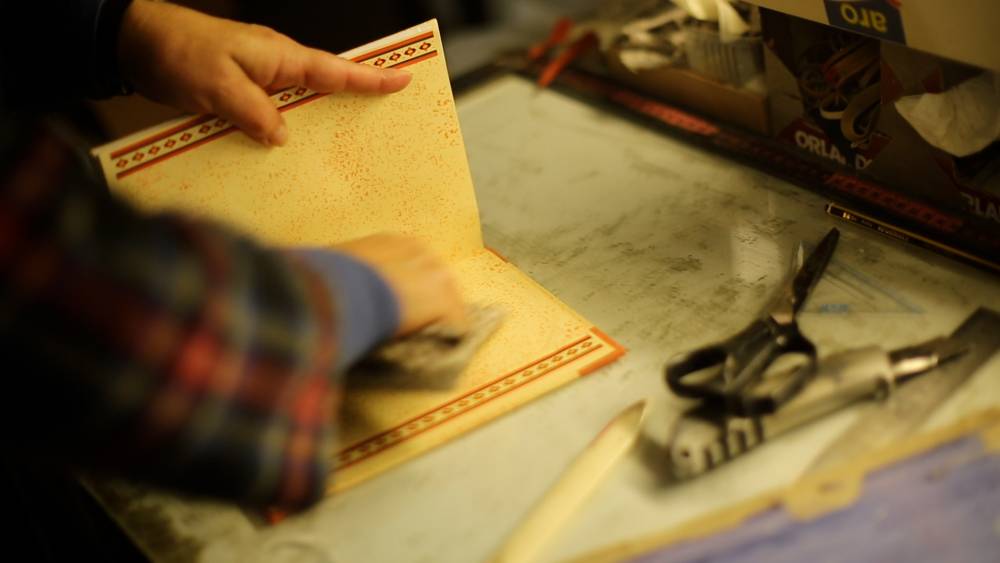
For many centuries people maintained and disseminated memory and knowledge through inscriptions and manuscripts. Later, with the invention of typography, text reproduction became easier. The need to protect and bind manuscripts or printed texts into one section gave birth to the art of bookbinding. The art of bookbinding developed in monasteries and urban centers. Bookbinding…Read more
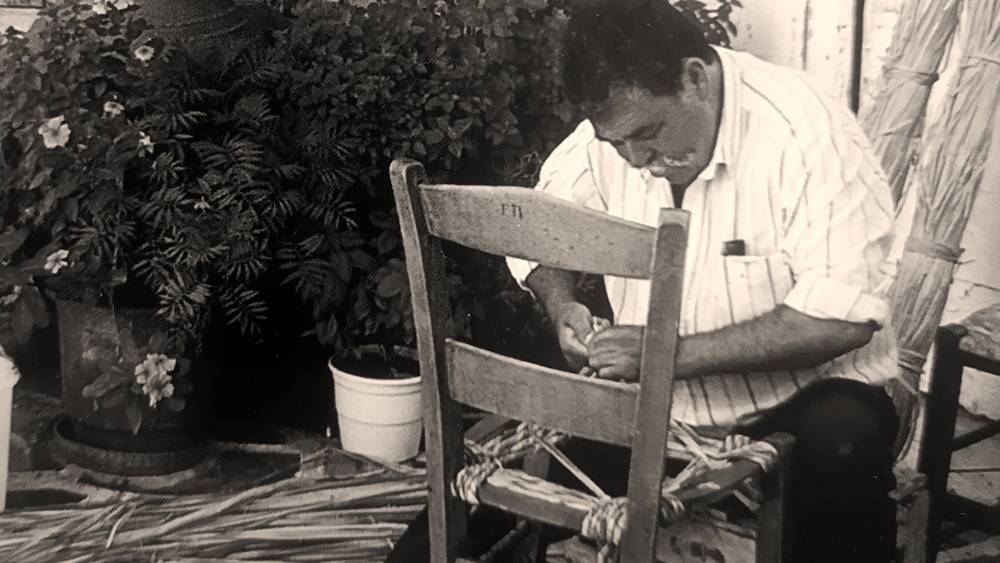
The chair manufacturer. The seat was made mainly of local mats, ie from fluffy grass from the rivers or imported Indian reed. The legs of the chair were made of wood and were fixed with pins (nails) and glue.
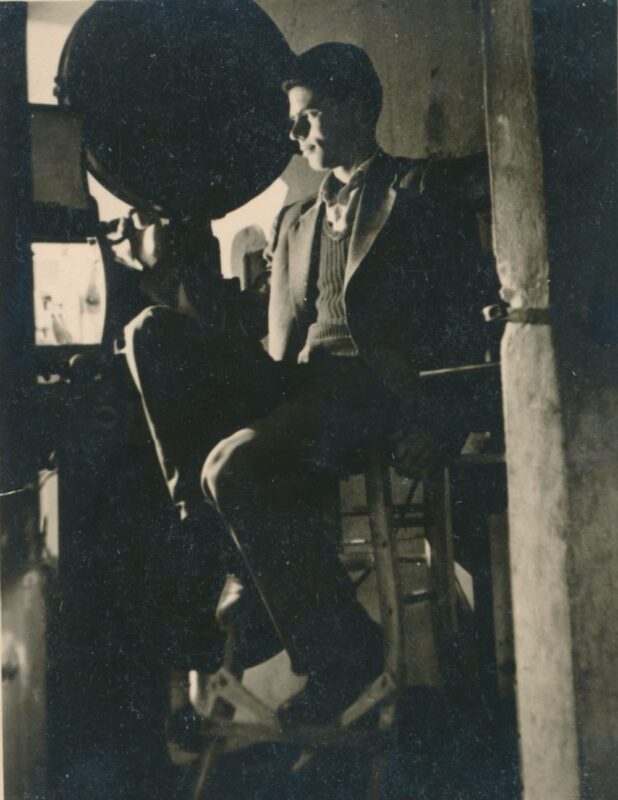
In the city of Chania, the profession of cinema machine operator is about a century old. The city center of Chania has a long tradition of cinemas and the public has always gathered there by the hundreds. At a time when other cities did not have a single cinema, Chania had six open air and…Read more
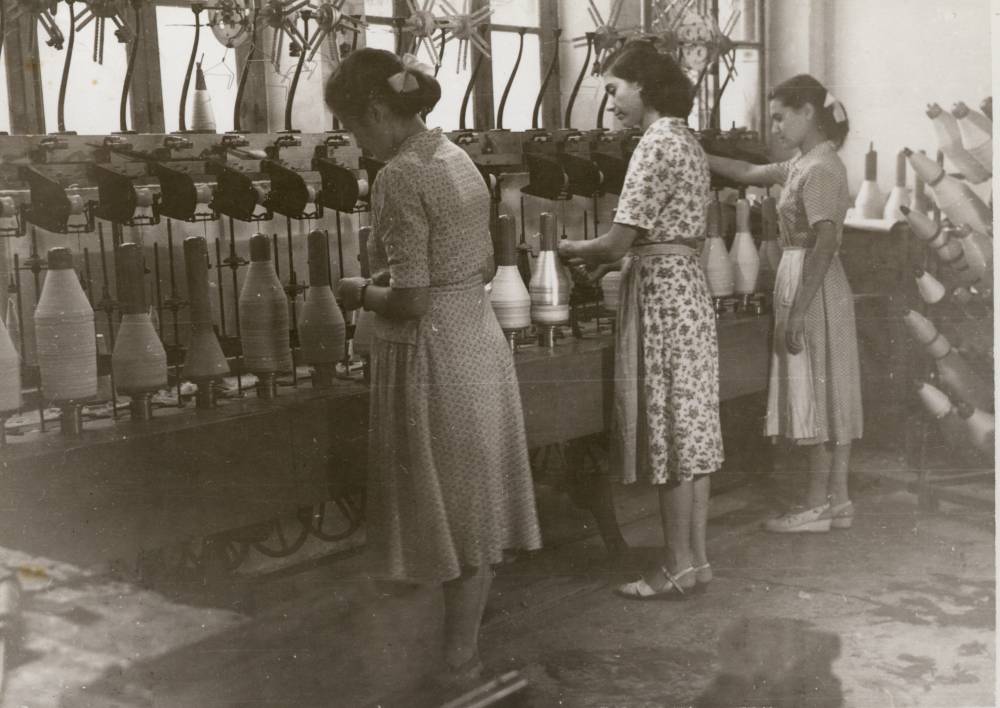
At the most central location of Chania, next to the Municipal Market is the Malinakis knitting factory. Besides being a reference for the city center, it is also a historical building since in its yard were Ottoman graves, while its interior is the only access point to the minaret. The Imam from this place, through…Read more
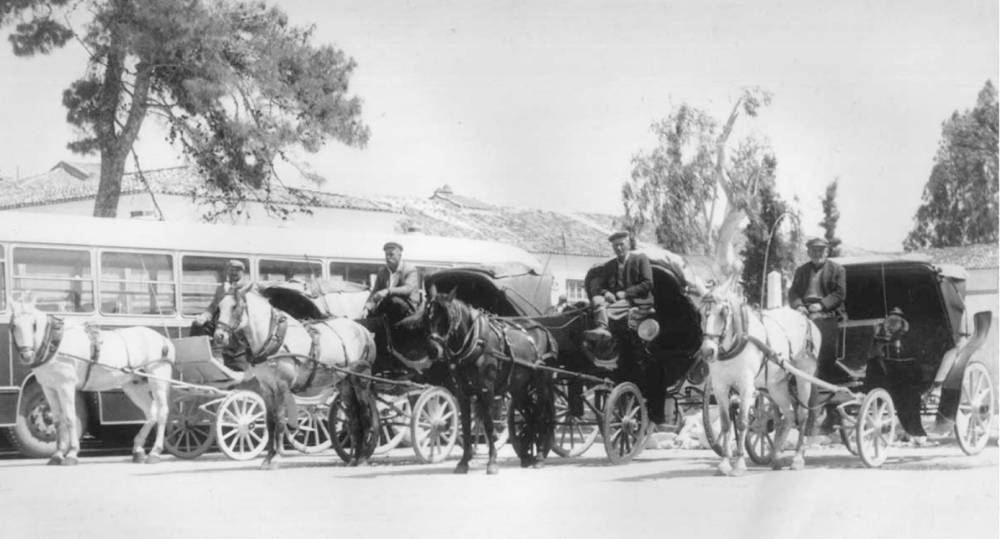
The invention of the carriage coincides with the invention of the wheel, which was invented by the Egyptians. In the past, before the advent of the car, people were transported by animals and carriages. The transport of products, usually stored in barrels and sacks and also stones, wood, iron and tiles, was done by carts….Read more
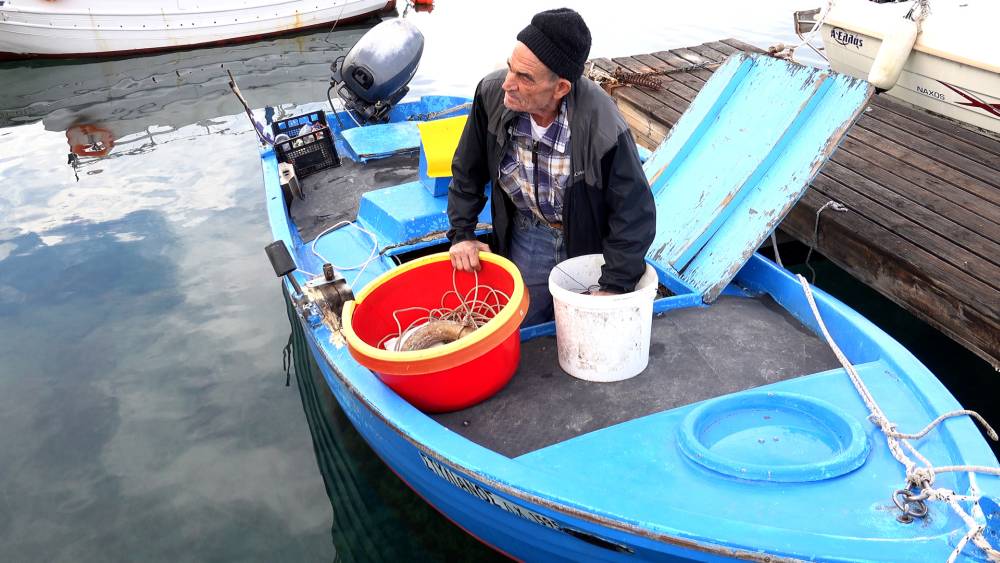
Surrounded by seas, Crete has always had trade relations with other ports in the Mediterranean. Αlthough it could develop its fishing industry, the Cretans focused mainly on its fertile inland and livestock farming as their main source of wealth. The people by were mainly amateur fishermen. We can find professional fishermen at the old harbor,…Read more
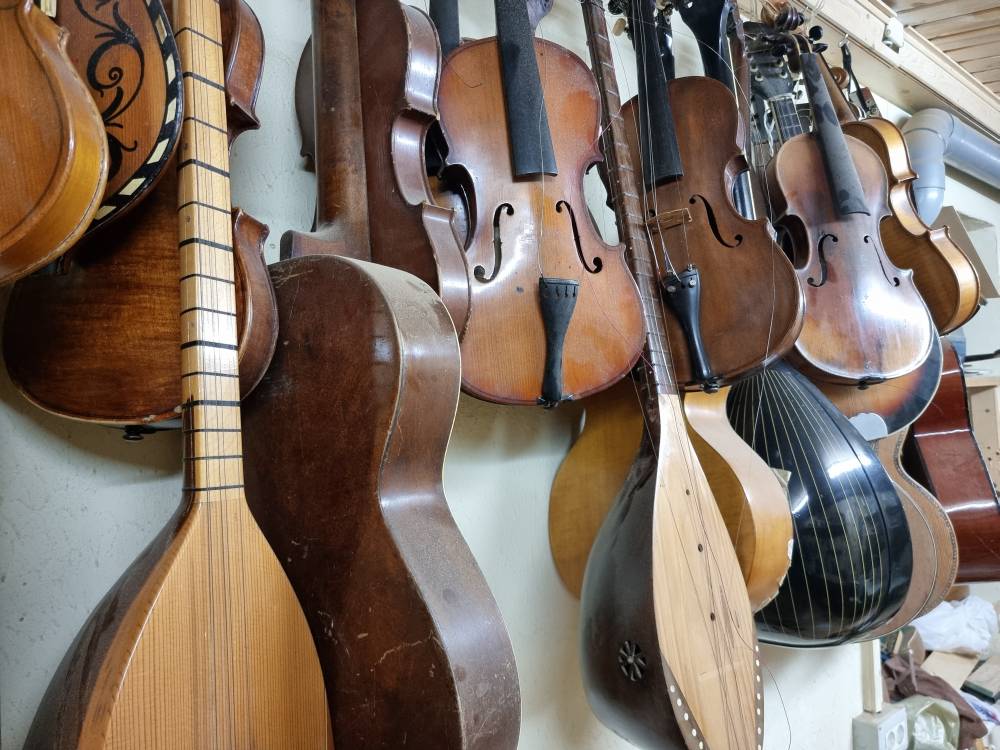
Crete has always been a passageway and an important crossroad of civilizations. Every culture, among other things, brings with it its own music and its own musical instruments. Simple musical instruments were usually made by their owners because no special skill was required in their construction. The shepherds of Crete usually made the wooden wind…Read more
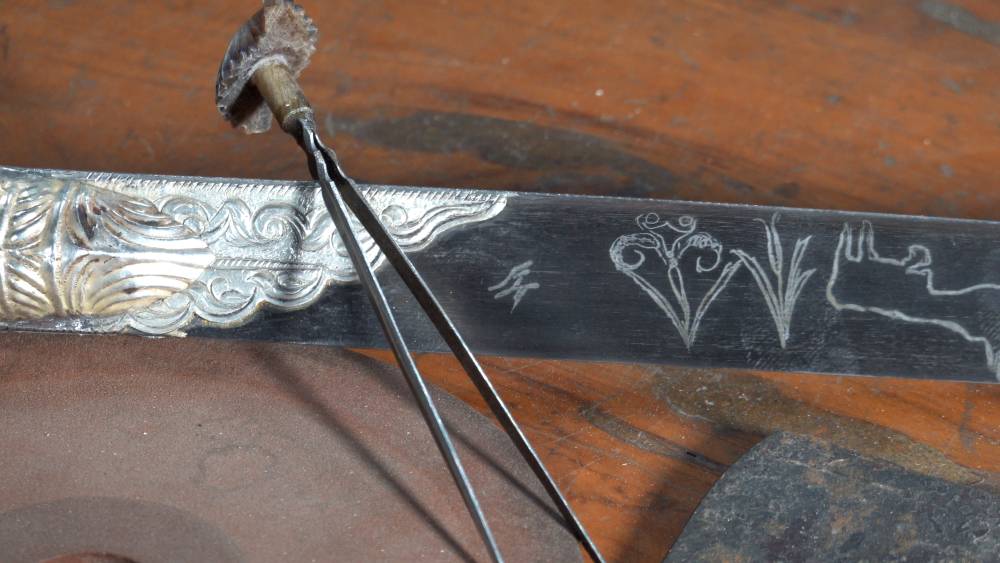
The Cretan knife, apart from being a useful object, has been associated with important moments in the history of Crete. In Crete, the knife making industry over time has evolved a scimitar-knife and the result of this development is what we know today as the Cretan knife. To make a Cretan knife, the knife maker…Read more
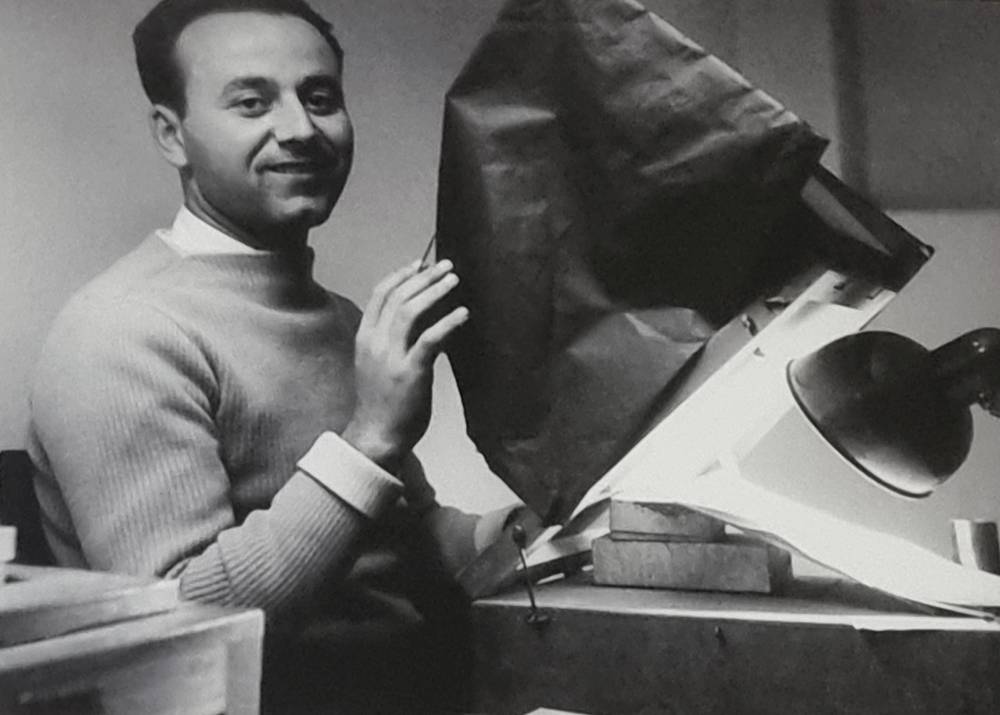
In the city of Chania, well known photographers existed since the end of the 19th century. They photographed mainly in studios and often traveled in the countryside with a camera on their backs, capturing historical events, monuments, landscapes and common people. After the war, many photo studios were opened in various cities. In Chania, the…Read more
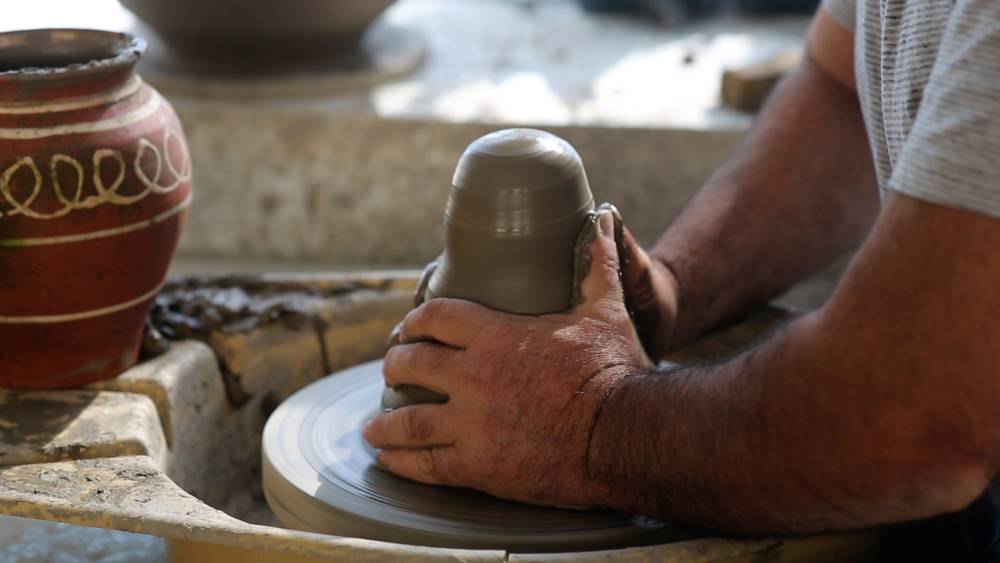
The invention of the solidification of mud with fire, probably took place around 7,000 BC. The wheel, the sponge, the comb and the kiln are required for the construction of pots and vases of this kind. The potter first selected and processed the soil, prepared the clay, then created the pots, dried them in the…Read more
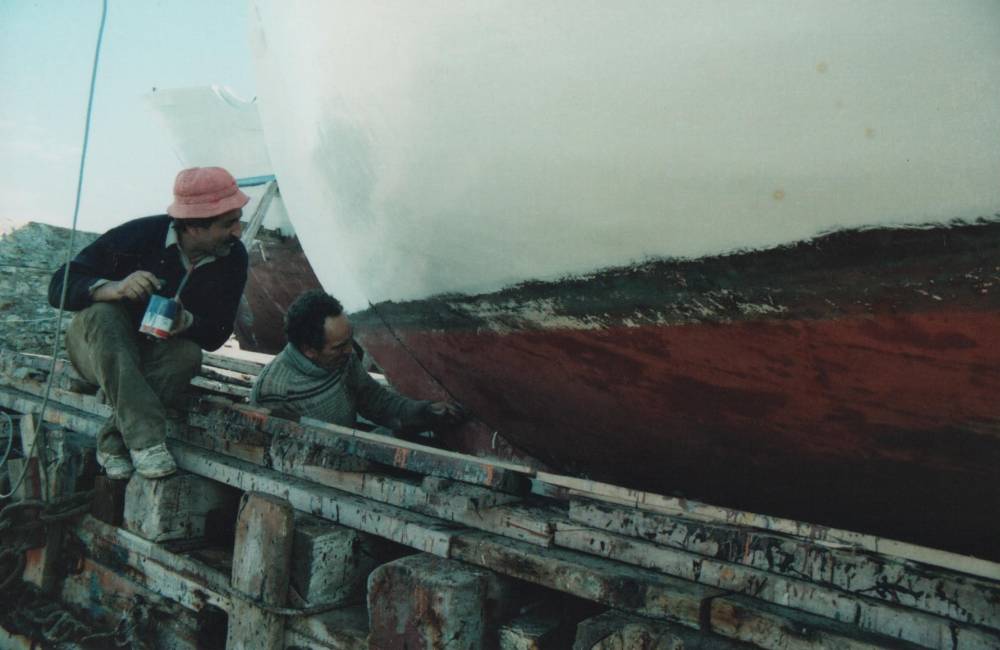
Since ancient times, the propagation of Cretan civilization was done by sea because Cretans were skilled mariners and traders. Crete was a major center of culture and development due to its societal structure and its marine trade. After the Venetian era of Chania with their impressive shipyards when the Ottomans came, these shipyards weren’t used…Read more
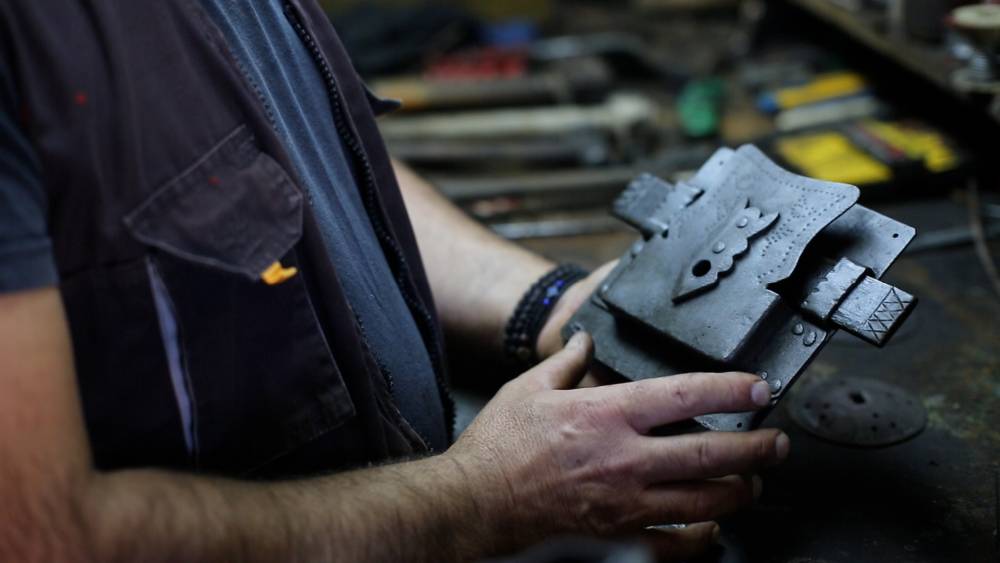
In older times, “chalkias” or “charkias” (coppersmith) was the craftsman who processed copper. So while this name refers to copper metal, today, when we say “coppersmith” we mean the blacksmith, ie the craftsman who, in addition to copper, also processes iron. The old metallurgists tried to harden copper with alloys of various metals and so…Read more
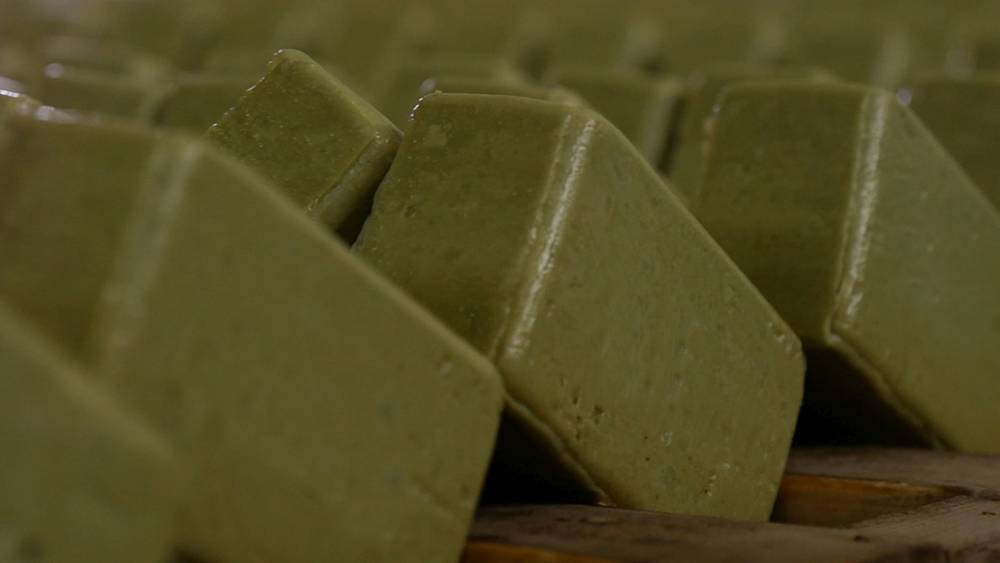
Olive oil was one of the products produced by Crete in large quantities. Oil as a commercial good, created a chain of manufacturing and other by-products. One of them was the well-known green soap. Cretan soap factories played an important role throughout the Mediterranean. Soap production required significant amounts of oil. Despite the cessation of…Read more
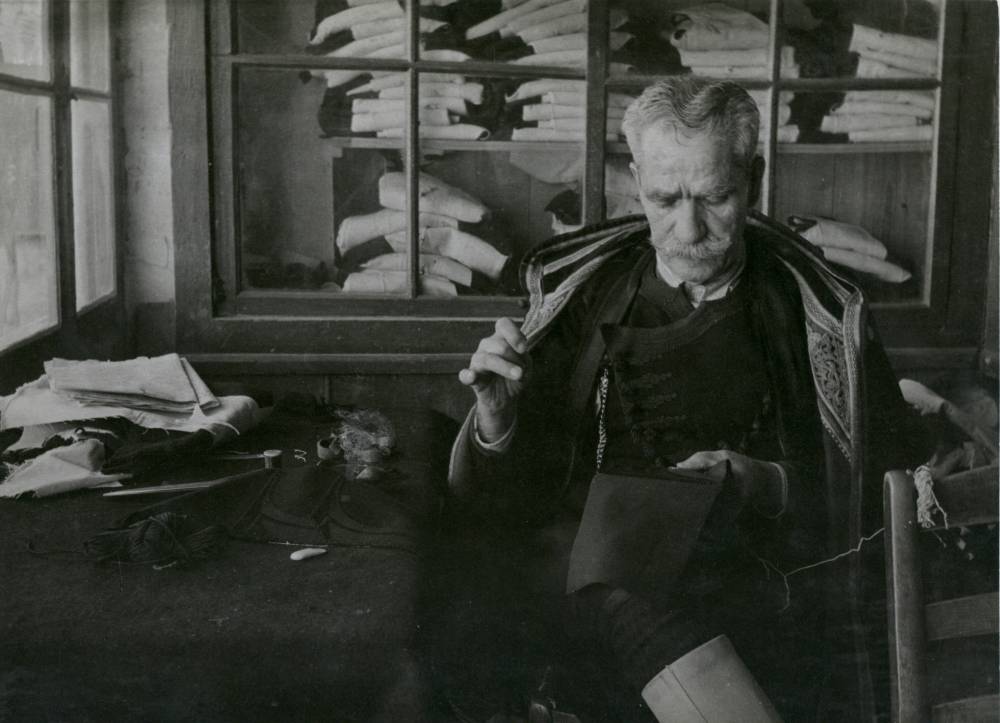
Until recently, the traditional costume of a place was the way of recognizing the origin of the people who wore it. Today clothing has become globalized and the local costumes have become museum objects or have been transformed from everyday clothing into exhibition costumes since their use is now different. The traditional costume is now…Read more
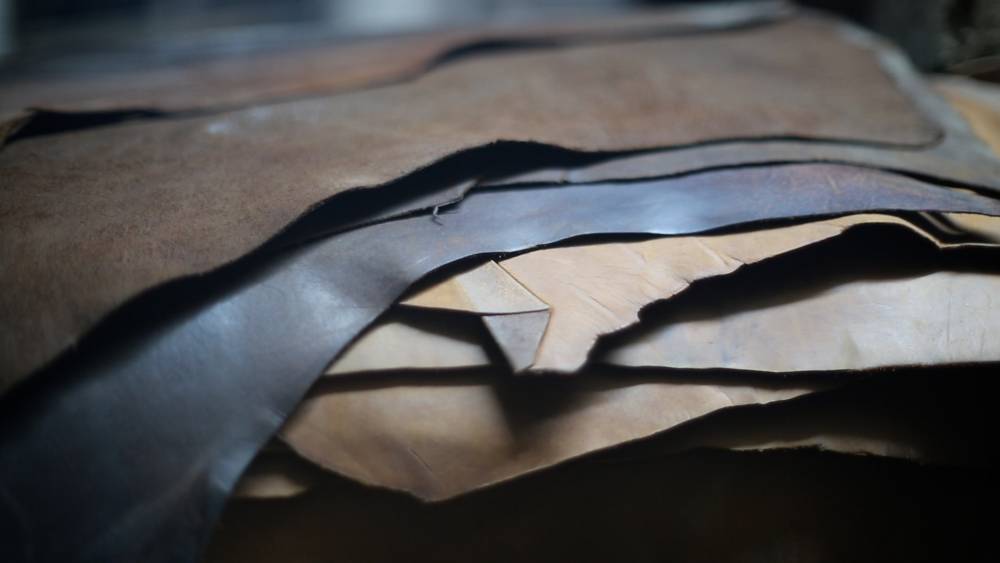
The tanneries of Chania also called Tabakaria, were located on the rocky beach of Halepa. They are a monument of the industrial era and an important part of the history of Chania. It is a unique architectural ensemble built next to the sea, from where the tanners got their supplies of water and salt, materials…Read more
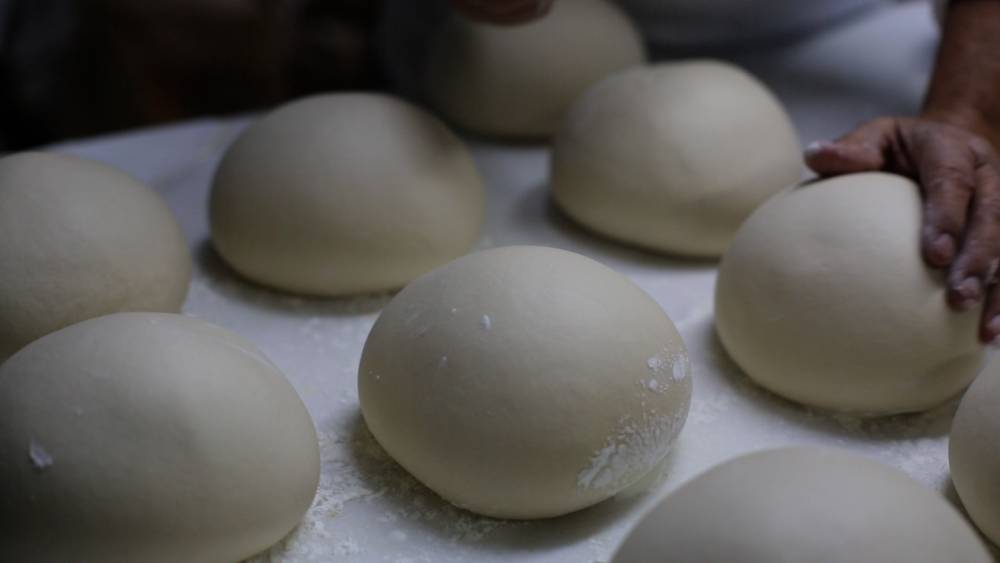
Cretan cuisine has been significantly influenced by neighboring cultures. Housewives still use the traditional “phyllo” in many of their sweet and savory recipes. It takes a long time to prepare phyllo and usually the process starts very early in the morning. Initially the raw materials, ie flour, salt and water are placed in the kneader….Read more
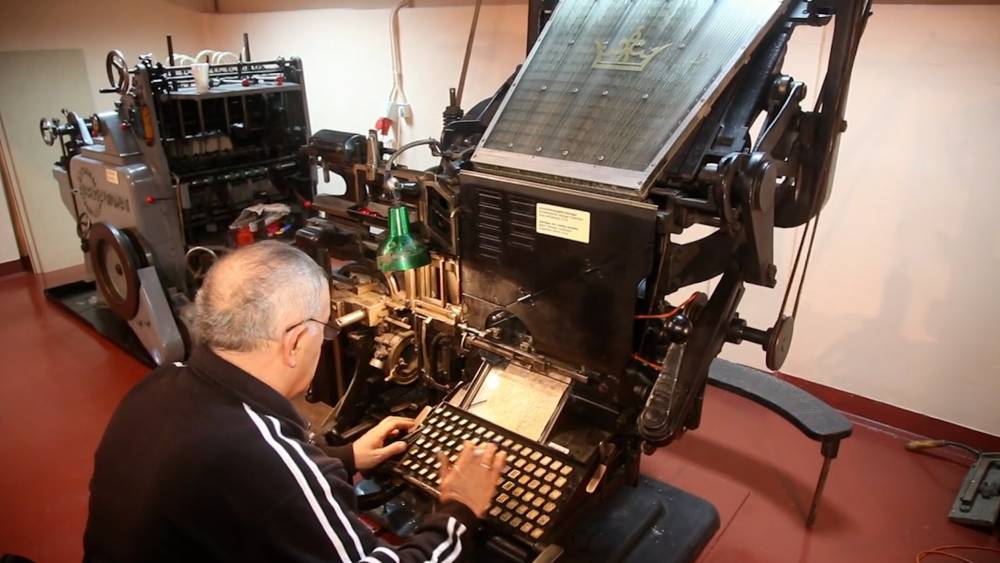
The art of typography determined the course of humanity. The reproduction and dissemination of printed texts became easier. Its contribution has been decisive in Greece as well, despite the fact that it came late due to the Ottoman occupation. Greek printers excelled in Constantinople and Venice. In Crete in 1831, typography made its appearance with…Read more
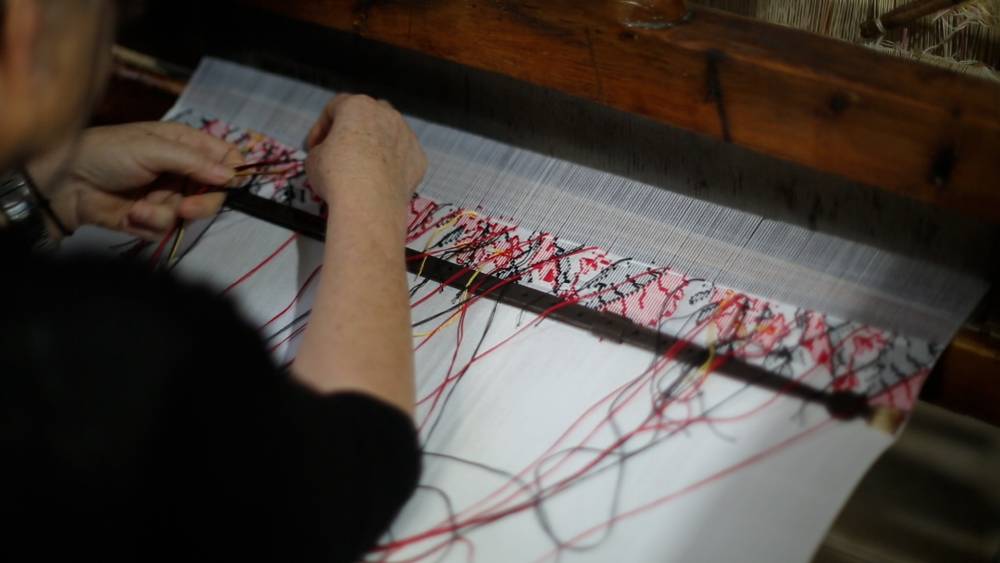
Man first conceived the idea of knitting and creating surfaces with the help of thin and flexible woods. This is how basket weaving was invented. Later people began to process wool, cotton, flax and silk and to make yarn. With these yarns and by making various knitting combinations, the weaving and the weaving tool called…Read more

